An Honest Review Of The …Lost Puddle Jumper HP
Introducing Mayhem’s new small-wave equalizer (in their yet-to-be-released construction).
Before we get into the whole review, allow us to introduce The Joyride – Stab‘s subjectively truthful board-test series!
We want our readers to make informed surfboard purchase decisions, so the crafts tested in our Joyride series will be judged on five specific criteria, suited to the tastes of all!:
- Electricity: How much zip has this stick?
- Railwork: Does it part water like Moses or skitter across the surface?
- Size Preference: Should you take it to H.B. or HI?
- Airworthiness: Does it float like a butterfly or sink like a tree?
- Pedestrian Scale: Can Joe Shmo make it go? (Hint: A low pedestrian scale score = more user-friendly!)
To supplement each video will be a written review, in which we’ll extrapolate upon the board’s finer and less-than-desirable traits (from our subjective experience) in a wholly honest tone.But don’t expect us to dive deep into concave, vee, or rail line curvature. We’re here to talk about what really matters – was this board fun to surf, or not?*
Now that’s enough chit-chat – it’s time to break down our first test subject.
Introducing the Puddle Jumper HP in C4 Technology:
In the late ’90s, …Lost Surfboards redefined the performance capabilities of the “fish” in its cult classic film 5’5 x 19 1/4″.
Since that time, …Lost’s founder and principal designer, Matt ‘Mayhem’ Biolos, has tweaked the standard fish design hundreds of times, from outline to construction, in order to create the ultimate surfing disc. Ideally, the fish would be able to quickly gather and maintain speed, be loose but not to loose, and pop off lips like Big League Chew.
Back in 2016, nearly twenty years after the release of his 5’5 film, Biolos presented what he called “the best small wave board I’ve ever made”. According to Biolos, that was not a claim he’d ever made about a surfboard before, which goes to show how much he believed in this design.
That board was called the Puddle Jumper, and it worked best in …Lost’s patented Carbon Wrap epoxy technology.
By some stroke of fate or good fortune, I got my grubby hands on one of these boards and it became an instant favorite.
If the waves were under chest high, I wouldn’t even consider another craft. The Puddle Jumper was fast, it was loose, but somehow it also held its rail when necessary. For the task it had been given, which was to enable high performance surfing in small waves, the Puddle Jumper succeeded beyond reproach.
So when Biolos recommended that I try a new iteration of the Puddle Jumper – this one called the HP (short for “High Performance”) for its sleek new design – I said yes… duh!
A few weeks later I received my Puddle Jumper HP (in …Lost’s new C4 cork/epoxy blend) and scoured the coast for benign surf.
Seeing as how I live in Southern California, that was not hard to find.
About this yet-to-be-released construction
Mayhem is calling this new surfboard technology C4, which stands for #CarbonCorkCompositeCreations.
The tech was originally designed by a mad scientist in Florida named Drew Baggett, but once Biolos got a feel of the C4 tech under his feet, he knew he had to partner with Drew to design an impermeable …Lost quiver.
C4 works like this: A 1.5 millimeter-thick layer of foam is cut out of the deck to allow for a sheet of cork to be placed under the surfer’s feet. Thanks to a coating of spackle and water-based paint, the cork is only visible through small windows on the board (in a center strip and two side panels on the tail), but Mayhem assures me it covers the entire deck.
So you might be wondering: why all this trouble for a little bit of cork? Well, C4’s main purposes are to increase strength and to reduce the chatter felt in most epoxy crafts.
You know when you’re flying down the line on the wave of the day, and then right when you try to set the rail, it feels like a bowl of Rice Crispies exploded under your feet, causing your board to skip out of control? Yeah, that feeling. Understandably, Mayhem wanted to lose that negative trait while maintaining epoxy’s positive charcteristics like speed and pop, so… C4!
According to Mayhem, his patented Carbon Wrap technology (….Lost’s immensely popular epoxy-carbon combo) is a performance feature that is also strong. Alternatively, C4 is a strengthening feature that offers performance advantages.
And he is not kidding about the strength. This thing is a tank.
When attempting one ill-fated punt during the filming of this board test, I found my front foot sliding off the left rail, causing my knee to drive straight into the deck upon impact with the water.
While submerged, my internal dialogue went from “Ow!”, to “Fuck, I think I just broke the board,” to “Fuckfuckfuck, I don’t have any clips yet!”
Lo and behold, after checking rail-to-rail, nose-to-tail, I couldn’t find as much as a dent on the HP. Meanwhile my knee looked like it had just gotten whacked with a tire iron.
But strength isn’t everything. Let’s talk about performance, shall we?
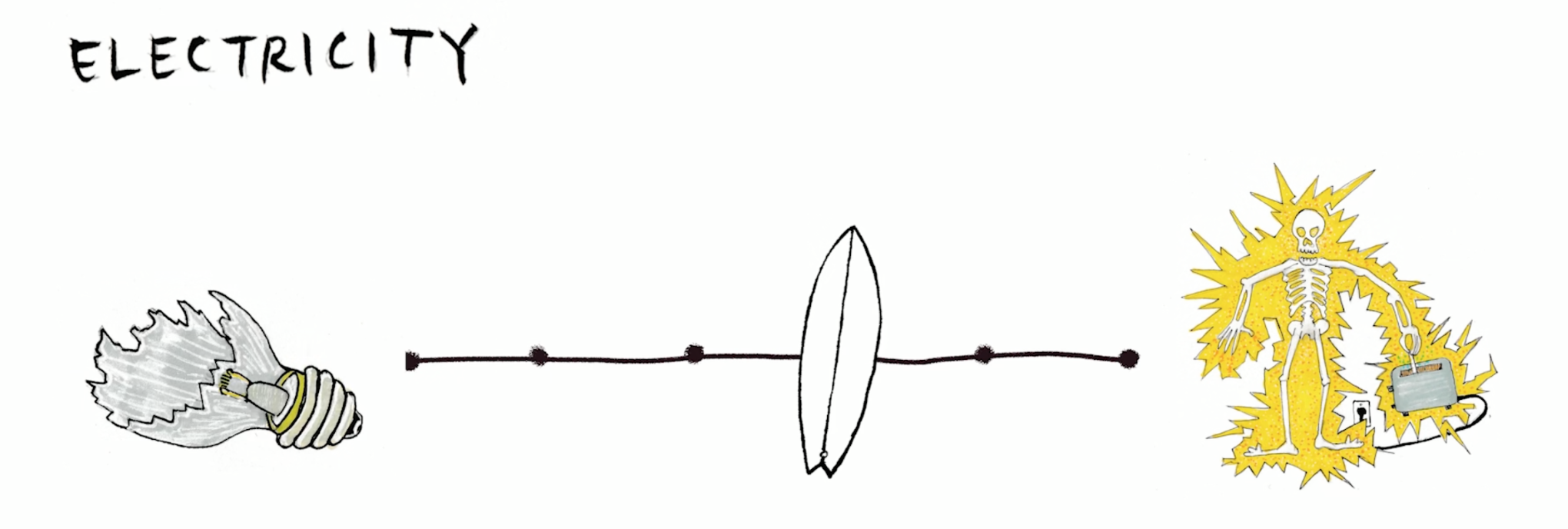
Electricity
The first thing I discovered when riding the HP was that it needs one good pump to get going.
Once you’ve accumulated speed it’s almost impossible to lose, but without a quick entry you’re going to forfeit a lot of ground, and in small waves, every inch counts.
Like with most boards, the trick to maximizing the HP’s speed comes from shuffling your feet forward when in transition, then back to the tail when you’re ready to turn. If you stand on the tail throughout the entire ride, you’ll only get the board up to 70% of its speed capacity, thus limiting your ability to maneuver it as desired.
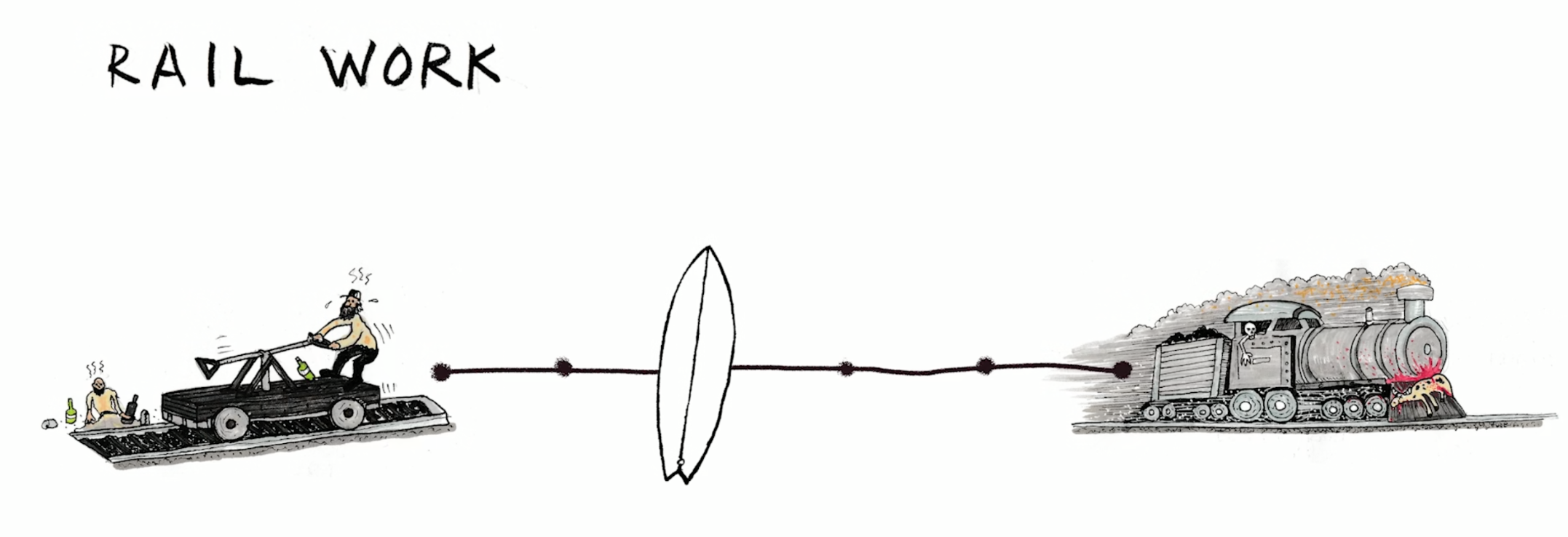
Railwork
In terms of turning, the Puddle Jumper can do both the slippy-slidey turns you’d expect from an egg shape with a wide tail, but it also maintains the ability to lay your rail in the water when the wave steepens up. If you want to get release out of the tail, simply widen your stance and apply weight to the front foot midway through the maneuver. Because this board is ridden so short (I’m 5’5 and ride the 5’0 PJ), it’s quite easy to get your foot close to the nose, which is what allows for the fin release. Alternatively, if you want to do a proper turn and throw some spray, that can be achieved by shortening your stance driving with your heels.
But be careful. If you push too hard, the Puddle Jumper HP will either slide out or bog on you. That’s not so much of a diss on the board as it is a physical property of the disc-shaped craft. Due to its wide tail, low rocker, and rounded rails, the things just can’t hold the same way as your 5’11 blade.
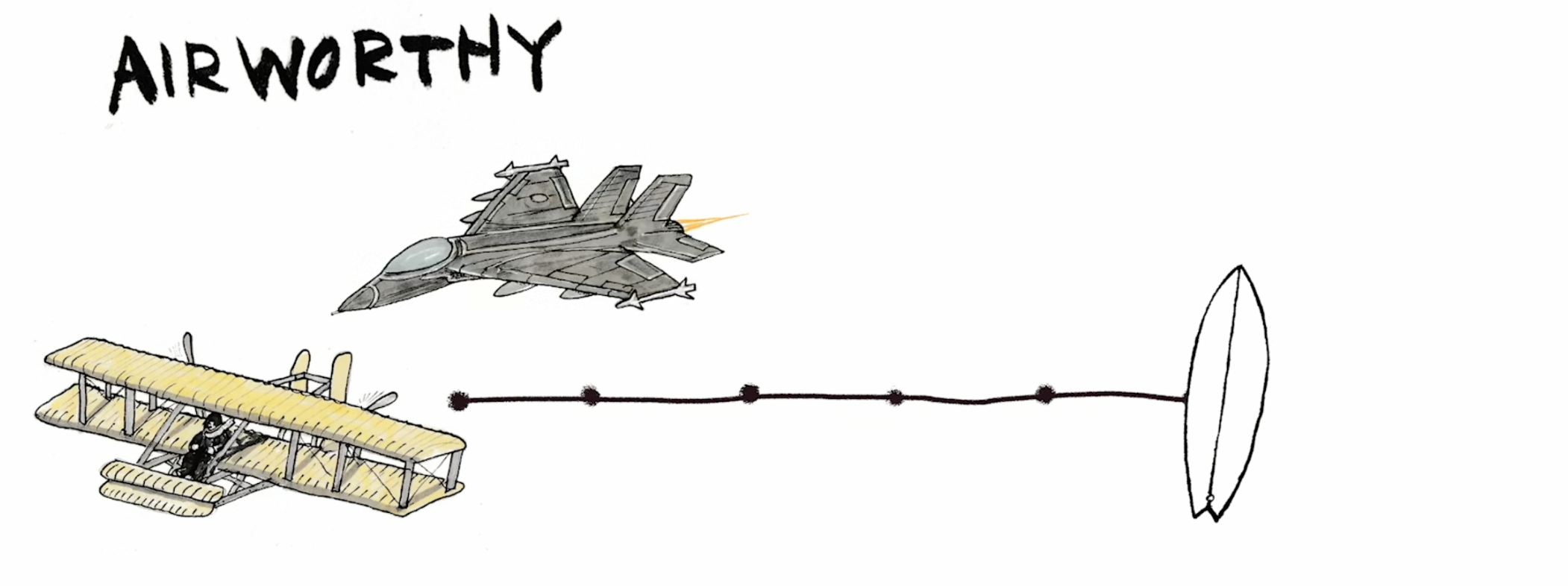
Airworthy
Frankly I’m terrible at airs, but that’s never stopped me from ruining entire sessions by launching aimlessly off of closeouts, and the Puddle Jumper has been a great facilitator of that particular vice.
You can be totally without skill, speed, or even a section really, and the Puddle Jumper will still pop off the lip like Marilyn’s mole. Even better, the board’s wide nose and buoyant nature make landings incredibly sturdy, so that on the rare occasion your feet do stay connected, you’re more than likely to ride away.
I’m convinced this will be the board that defines Waco’s aerial future. Albee’s noseless potato launcher be damned.
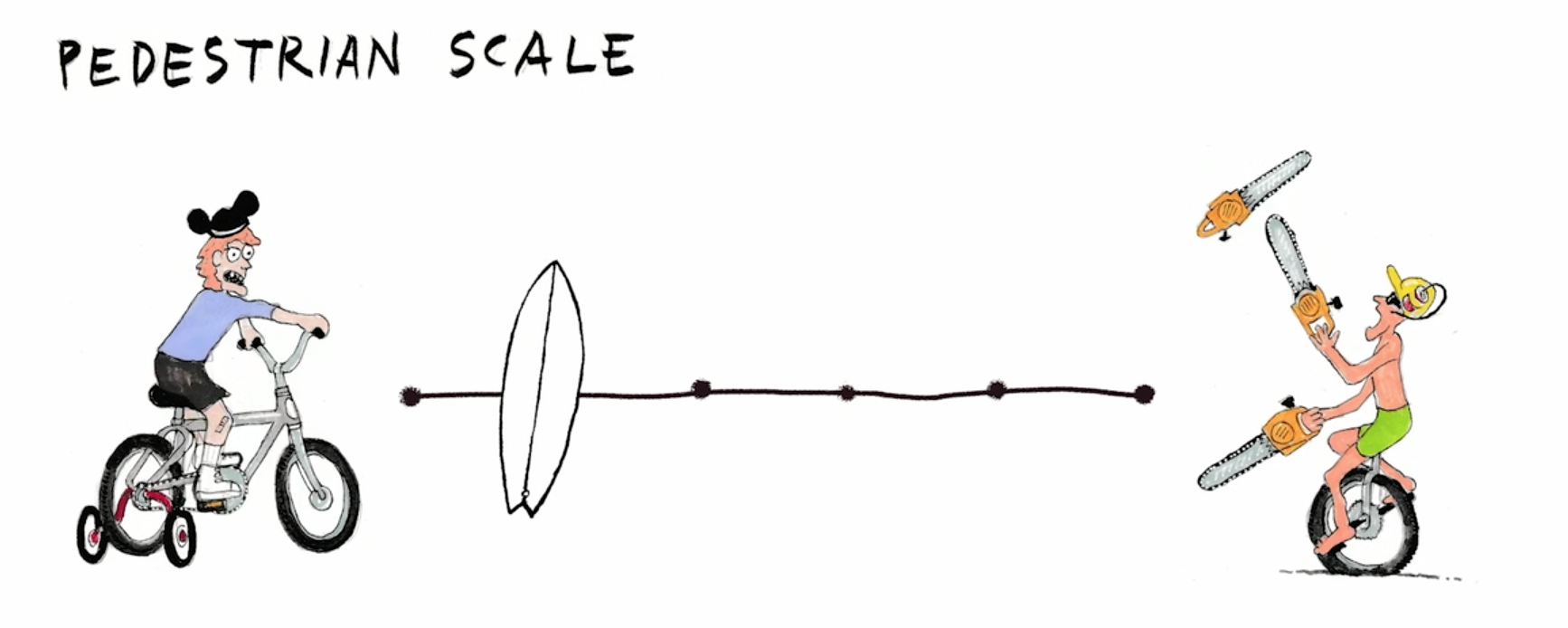
Pedestrian Scale:
Compared to my original Puddle Jumper, I found the HP had more of a tendency to bog while pumping or turning through small pieces of chop. I believe this comes back to the board’s construction, which as expressed above, is designed to beat down chops rather than bounce over them.
On the bright side, these bogs are easily avoidable once you learn when and where they’re likely to occur. In fact, this seemingly negative trait made me more cognizant of my timing when negotiating lumps in the wave, which led me to generate more speed overall. The loss of training wheels probably helped my surfing in the long run.
All told, this board could be ridden and enjoyed by anyone beyond a beginner level.
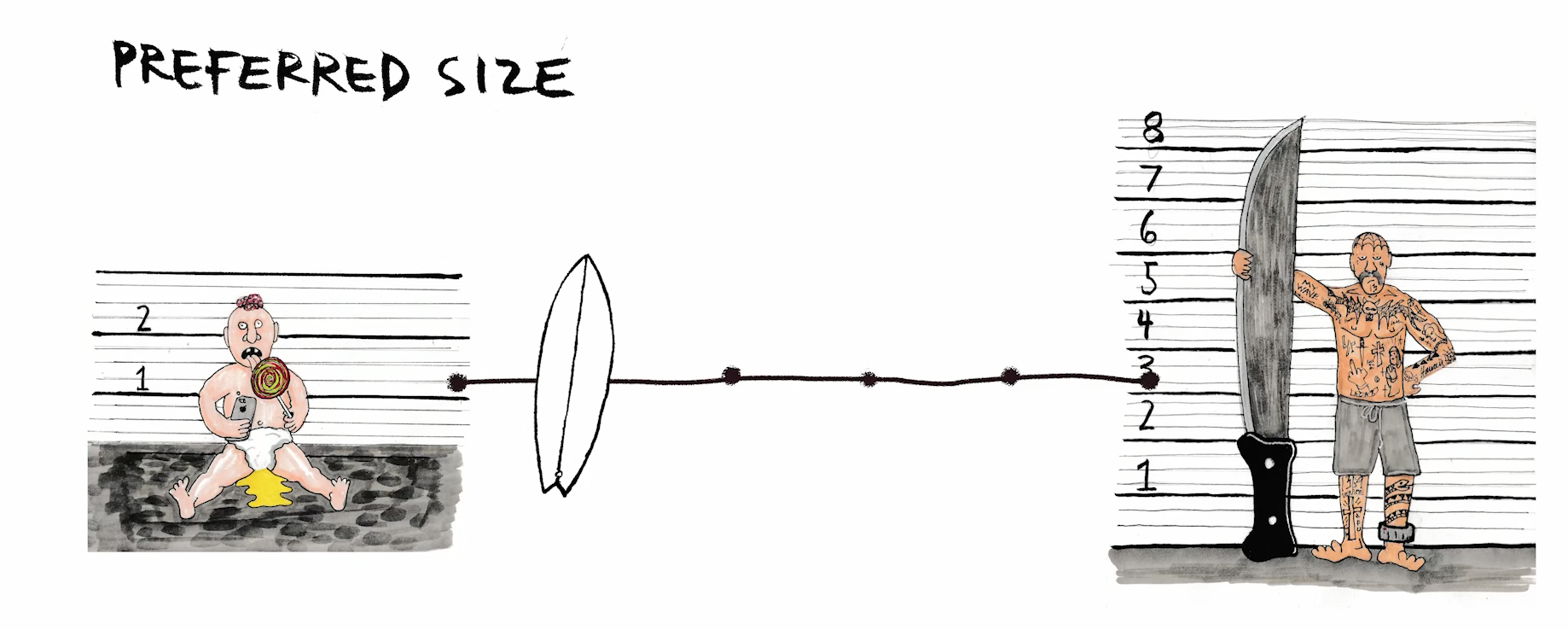
Size Preference
I shouldn’t have to tell you that the Puddle Jumper HP is best for waves chest-high and below. This board is specifically designed to create and maintain speed, which if you’re on a wave head high or above, simply shouldn’t be necessary.
For me, the HP’s sweet spot is in waist-high wedgy beach breaks. Unfortunately we didn’t get those conditions when filming for this Joyride, but trust me when I say the speed and flow felt in below average surf is like nothing I’ve experienced… other than in my first gen. Puddle Jumper, of course.
_______________________________________________________________________
Get your new small wave kit and caboodle here.
*And if tech talk is your thing, swing over to the Surf n’ Show Youtube channel, where the talented and knowledgable Noel Salas breaks down surfboards inch by inch. He rode the Puddle Jumper HP too!


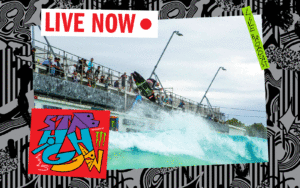
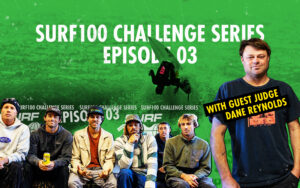










Comments
Comments are a Stab Premium feature. Gotta join to talk shop.
Already a member? Sign In
Want to join? Sign Up